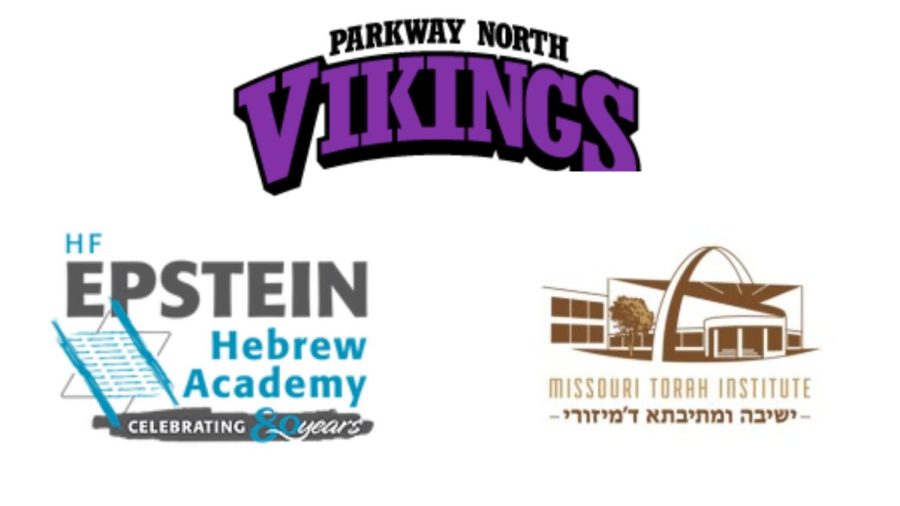How Jewish students make varying school times work for success
Published April 19, 2023
Every school and every student have their own schedule for the day. Sometimes those schedules vary on a day-to day-basis, or an every-other-day, while some school schedules look the same every day. Depending on the school, a regular day can start at 7:30 in the morning and end as late as 8:15 at night.
One St. Louis area Jewish day school, Epstein Hebrew Academy (EHA), starts its school day at 8 a.m., and ends around 4 p.m. For most high school students attending EHA, their schedule consists of four 40-minute periods in the morning, followed by lunch. Then, there are either two double periods or two 40-minute periods followed by one last double period to end the day.
Something unique about EHA’s high school division, Kadimah, is the size. The high school consists of 21 students and takes place upstairs of the EHA building in Olivette.
ADVERTISEMENT
“Since we have such a small school, each student has their own schedule based on the level they are at. You could have upper-classmen as well as lower-classmen in one class,” said Yehudah Greenberg, a freshman at EHA.
Kadimah offers a few after-school activities, such as working on a literary magazine and mock trial (which the majority of Kadimah students participated in this past year).
“Our school has a literary magazine –where students can submit all kinds of artwork or literature,” said Greenberg.
The literary magazine is run completely by high school students, with an occasional teacher to monitor the meetings. These meetings usually take place for a half hour after school.
ADVERTISEMENT
Missouri Torah Institute (MTI), a yeshiva high school, is a Jewish all-boys day school for some and a boarding school for others. Students are expected to be at school at 7:40 a.m. For the in-town students, school ends at 7 p.m. most days. Twice a week, all students are required to attend a night seder (students from MTI learn with older boys in pairs of two), which ends at 8:15 at required to attend night seder Monday through Thursday. MTI has roughly 100 students, from 9th through 12th grade.
In addition to Monday through Friday classes, students at MTI have school on Sundays starting at 8 a.m. and ending at
1 p.m. However, unlike the other days of school, there are no secular classes on Sundays, just Judaic classes. Compared to most Jewish day schools and St. Louis public schools, the scheduling for students attending MTI is very different and the days tend to be much longer.
“I’ve adapted to the new schedule,” said Noah Kornblum, a freshman at MTI. “It works nicely, and everyone is very supportive about it. I never have thoughts of waiting for the day to be over.”
Since school ends between 6:30 and 8:15 p.m., a common concern for students attending MTI is homework. When do they have the time to do homework?
“There is no pressure to do homework as soon as you go home, rather it’s more studying for tests, which are usually either every week or every other week,” said Aidan Kornblum, a freshman at MTI.
Parkway North High School, which is a public school, differs greatly from EHA and MTI when it comes to overall scheduling. School at Parkway North begins at 7:30 a.m. and the day ends at 2:30 p.m., instead of 4 or 7. Students receive block schedules, meaning each day can have a different schedule.
“One day a week I have all my classes in 45-minute blocks, and the other days it alternates between 40-and-90-minute classes,” said Ariela Grad, a senior at Parkway North.
At Parkway North, some students have lunch as early as 11 a.m. Other than an lunch break, most students have a full schedule.
“There’s not really a lot of time for breaks, so I don’t really get a time to walk around and socialize with my friends in school for a large amount of time,” Grad said.
Parkway North offers lots of after-school activities, such as theater and a variety of sports. It also has a Jewish Student Union (JSU), which connects Jewish teens in public schools with one another.
Different local schools have their own unique schedule structure. From arrival and dismissal times to extra-curricular activities, the differences among schools across the area are quite apparent.
















